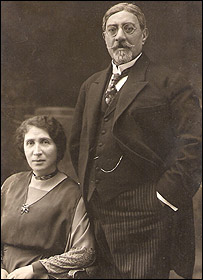This article needs additional citations for verification .(July 2014) |

The following is a list of notable Afghan people, which includes all the ethnic groups of the modern state of Afghanistan. Afghanistan has gone through territorial changes. This list generally excludes Ethnic Pashtuns who originate from regions that were not controlled by Afghanistan at the time, though there are exceptions for certain figures who are prominent to Pashtuns. It also includes historical figures coming from the present day borders of Afghanistan, even if they were non-Pashtuns.









